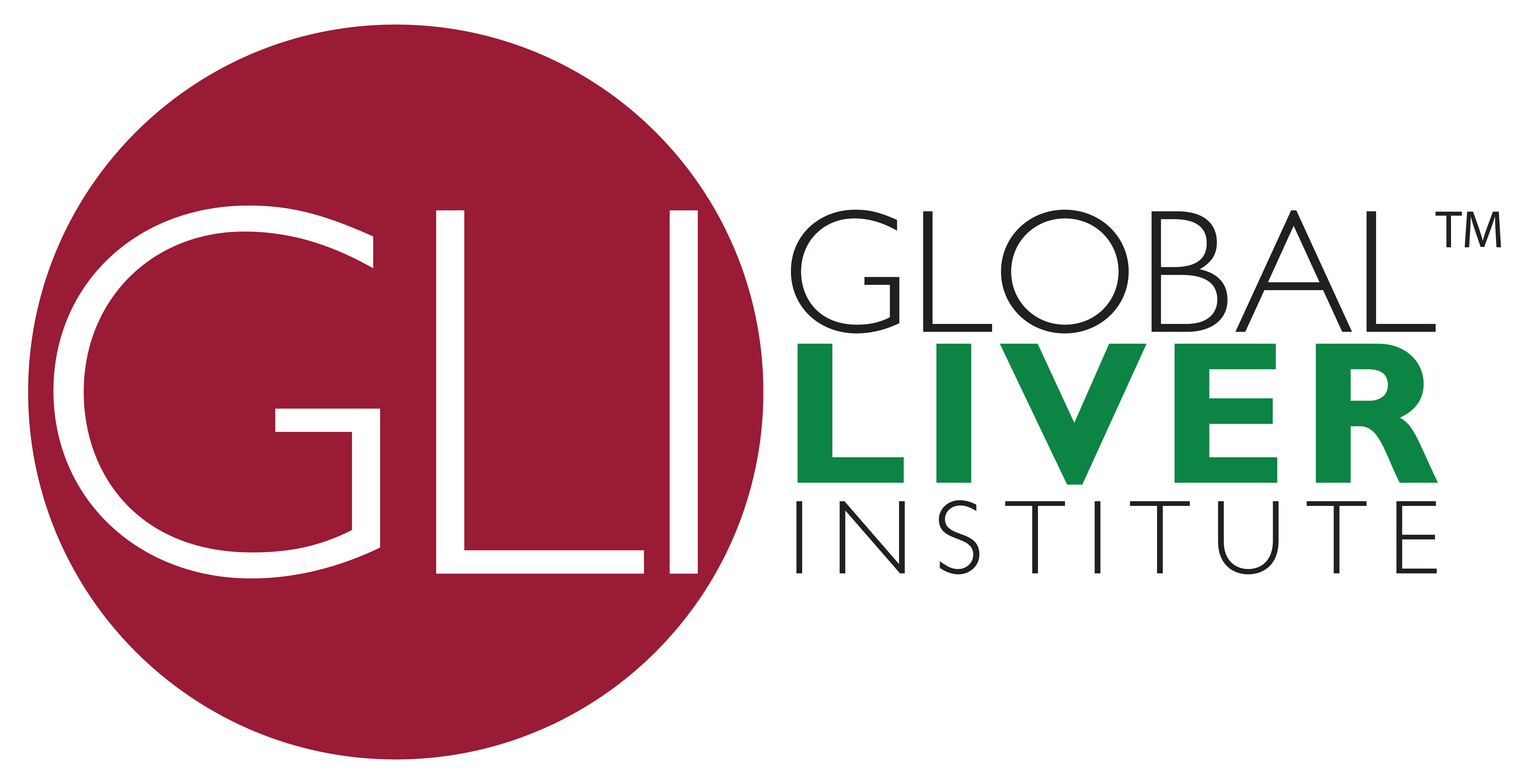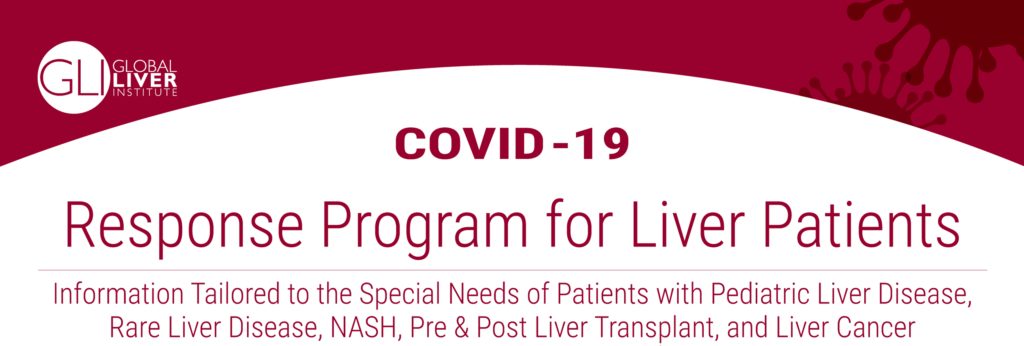
As we enter a third calendar year marked by COVID-19, the Omicron variant has caused pandemic peaks in cases and hospitalizations. However, we also have a greater understanding of the disease–and more tools at hand–than ever before. You may feel inundated with updated guidelines, variable supplies, and newly approved drugs. We have prepared five practical tips below to help you safely navigate life in 2022.
Preventing COVID-19 Infection
1. Staying Diligent with Good Hygiene
Tiresome but effective, these precautions make a difference in keeping yourself, your household, and your community safe and healthy.
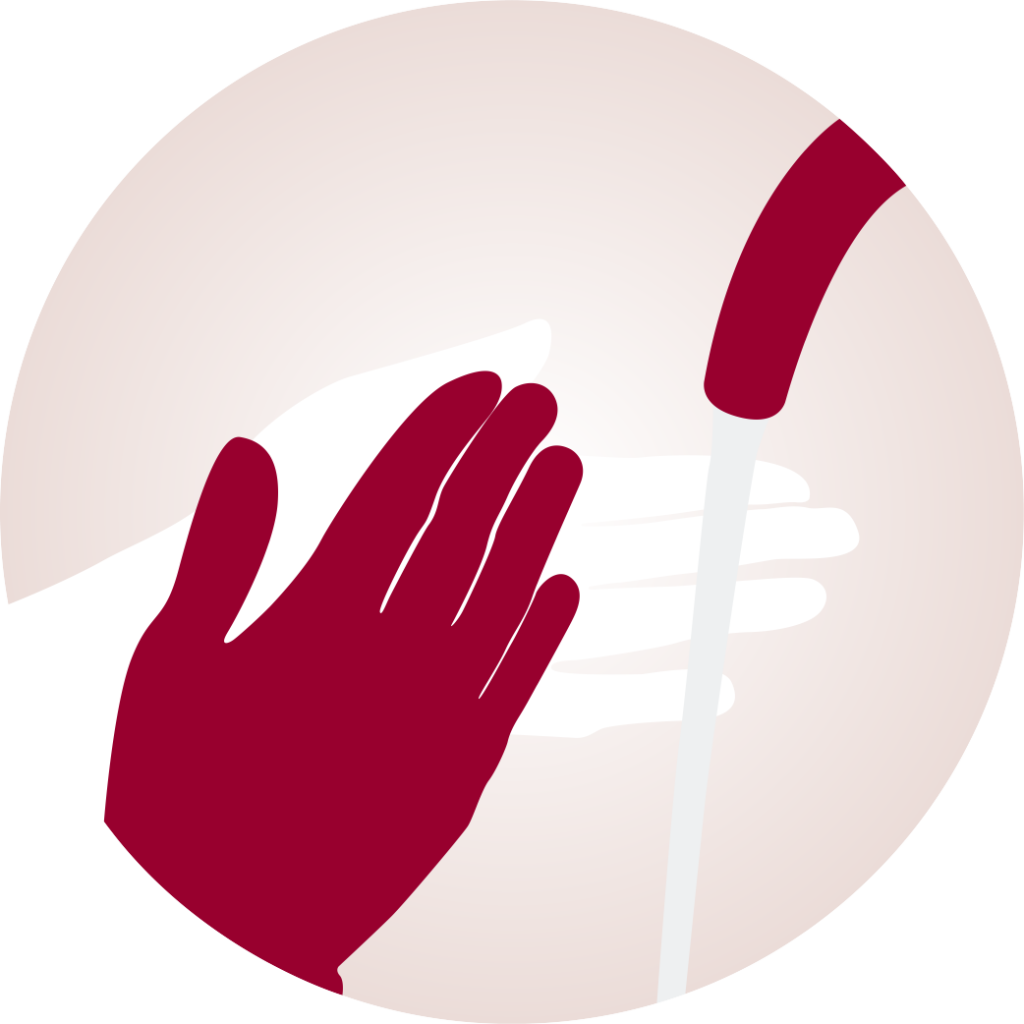
- Avoid crowds and poorly ventilated spaces.
- Social distance, staying 6 feet away from someone outside the home or someone sick in your home.
- Wash your hands often with soap and water: before eating or drinking, after leaving a public place, after blowing your nose, coughing, or sneezing, etc. Use hand sanitizer when soap and water are not available.
- After a COVID-19 exposure, whenever you cannot socially distance, or as required locally, continue to wear a high-quality, well-fitted mask.
2. Masking Up: Updated Guidelines for Your Best Protection
It is due time to replace the stopgap measures we implemented early in the pandemic: Handmade masks, thin cloth masks, and ill-fitting masks. Fabric pores are about 5x larger than most droplets, rendering them several times less effective than a surgical mask, filtered mask, or respirator. The following list provides more information about each of the mask types currently available. The number indicates the minimum percentage of airborne particles that a mask must filter out to achieve this rating.
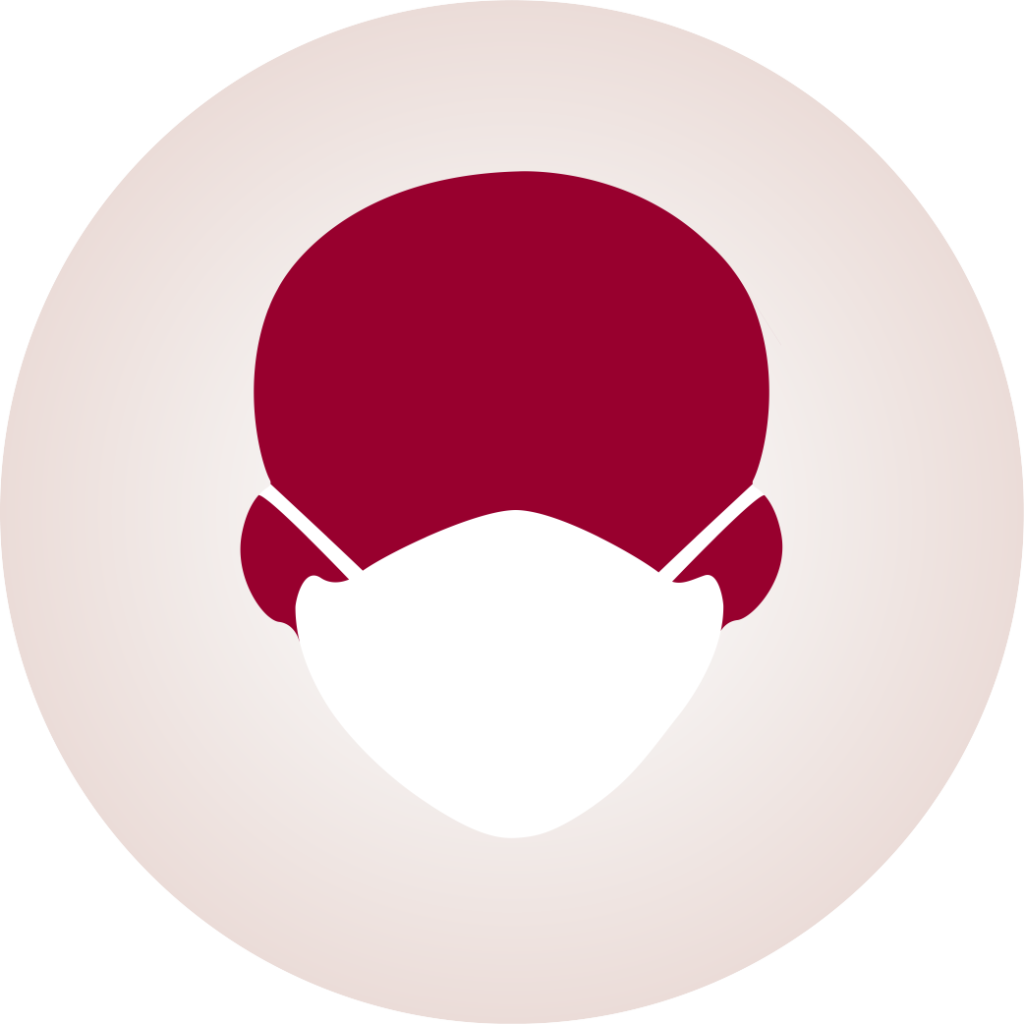
- N95 Respirators: Made to the U.S. National Institute for Occupational Safety and Health (NIOSH) specifications (often considered most stringent), this respiration protection filters out at least 95% of airborne particles for its user.The Biden administration plans to send 400 million N95 face masks to give out free through pharmacies and community health centers, part of an effort to increase access to high-quality masks to control the spread of COVID-19.The government will ship masks from its stockpile starting at the end of the week of January 17.The masks will be available through pharmacies in the federal retail pharmacy program — which includes major grocery stores and retail pharmacy chains.
Though not NIOSH-approved, the CDC keeps a list of overseas products and their performance in a modified NIOSH N95 test. Despite less stringent requirements for these masks, they are still a steep upgrade from a single-ply (or even two-ply) cotton mask.
- KN95 Masks: These masks are considered comparable to N95s based on similar Chinese specifications; they have a tent-like shape that is conducive for breathing. They are often available at a lower price point than N95 respirators.
- KF94 Masks: Similar to the KN95 masks, these Korean-made masks have a distinct rounded shape that provides room for breathing.
- Surgical Masks: While less stylish than a cloth mask, the three-ply design features specifically designed material to reduce the droplets you both expel and inhale.
Be sure to get the most out of your mask with the following tips!
- Make sure the mask is snug over your nose, mouth, and chin with no gaps. Don’t modify your mask in a manner that leaves openings.
- Wash or sanitize your hands before and after putting on, taking off, or touching your mask.
- Dispose of a mask (or set it aside to wash) if it becomes wet, soiled, or otherwise contaminated
- To reuse an N95, KN95, or KF94, put it in a breathable paper bag for 3-4 days uninterrupted to let any viruses on its surface die.
- Don’t use cleaning products on a disposable mask, as these may damage the fibers or electrical charge designed to trap droplet
If you feel enclosed or restricted while wearing a mask, practice wearing your mask at home with box breathing or simply during everyday activities to gain familiarity with the sensation
3. Staying Up-to-Date with Vaccination
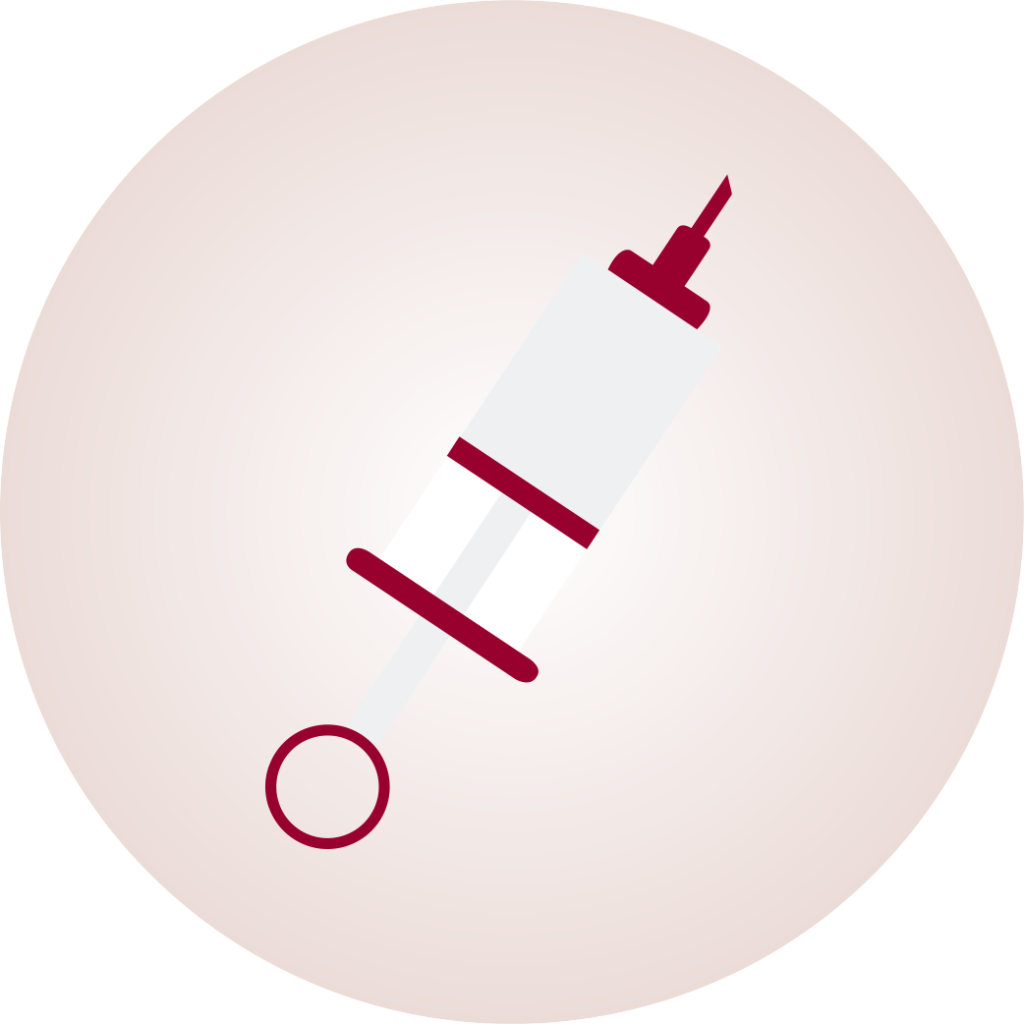
- If you haven’t already, schedule and receive the full schedule of mRNA COVID-19 vaccinations (produced by Moderna and Pfizer-BioNTech). Vaccination is now available for ages 5 and up. Review the following article for up-to-date information about age groups, dosage, and effectiveness.
- Schedule and receive additional doses in accordance with the CDC guidelines. Note that this now includes a booster shot for immunocompromised people 5 months after their additional shot–this would be your fourth COVID-19 shot, if you received an mRNA vaccine. New research backs up this recommendation.
- The definition of “fully vaccinated” is beginning to shift to include a booster shot in some academic institutions and workplaces; be prepared to comply with this changing understanding.
- Be sure to schedule and receive a seasonal flu shot to avoid weakening your immune system with a combined infection. You can get both a flu shot and a covid vaccine on the same day. Have the provider inject in different arms.
Preventive Antibody Treatment
For those who are immunocompromised, there is an extra line of defense available against infection with COVID-19.
- AstraZeneca’s Evusheld antibody combination received emergency authorization in December 2021 for pre-exposure prevention of COVID-19 infection for people who are moderately to severely immunocompromised.
- The antibody combination has been shown in trials to halve the risk of severe infection or death and protects individuals from infection for at least six months.
- Evusheld maintains its potency against the Omicron variant of the virus.
- 120,000 doses of the treatment have been purchased by the United States to be available throughout the states and territories.
Talk to your PCP to see if you are eligible to receive treatment with Evusheld.
Identifying a COVID-19 Infection
4. COVID-19 Testing
Three days after a confirmed exposure to COVID-19, if you develop symptoms, or after a high-risk event, it is best to take a COVID-19 test.
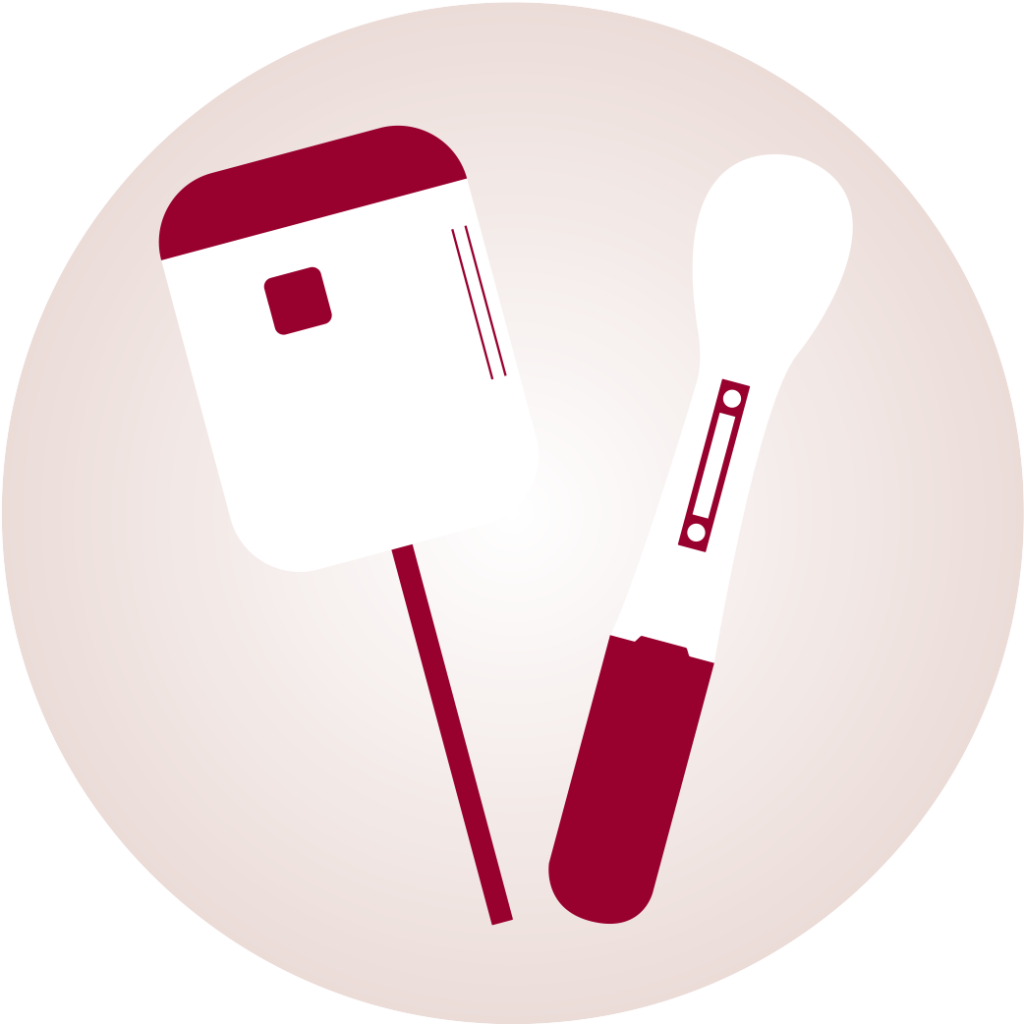
- Start by being proactive: keep a few rapid antigen tests per member of your household on hand in case of an exposure or onset of symptoms.
- Every household in the U.S. will be able to order 4 at-home COVID-19 tests for free starting on January 18 at https://special.usps.com/testkits.
- As of January 15, health insurers in the US will cover the cost of up to 8 home COVID-19 tests per person, per month. Per CMS, depending on your insurance, you may not have to pay at the point of sale; if you do pay, you should save your receipt and submit a claim to your insurance company for reimbursement.
- Current effective options include Abbot’s BinaxNOW test and the iHealth COVID-19 Antigen Rapid Test. Check if your public library has a supply or antigen tests, and set up an online product availability tracker to stay up to date on stock at stores in your area. You may be limited to 1-2 boxes per person.
- If you suspect that you or a member of your household has contracted COVID-19 due to exposure or symptoms, start at home with a home test. If a system is in place, report your results to the local public health authority.
- If symptoms persist despite a negative test or if you receive inconclusive results, call your PCP or book an appointment for a PCR test at a local testing facility.
- Do not go immediately to the local hospital, clinic, or urgent care for testing, as these locations are not optimized for testing capacity and are facing high volumes of patients for other treatment. Find a walk-in testing center or book an appointment.
- If you test positive, monitor your symptoms and stay in contact with your PCP to determine if and when you should go to the clinic or head to the hospital. Keep a thermometer and pulse oximeter at home so you can monitor your temperature and oxygen levels, respectively.
Treating a COVID-19 Infection
5. Available Treatments
If you find yourself looking at a positive result, take a breath and try not to panic. We now have effective treatments available if you are at risk of severe symptoms.
Monoclonal Antibody Treatment
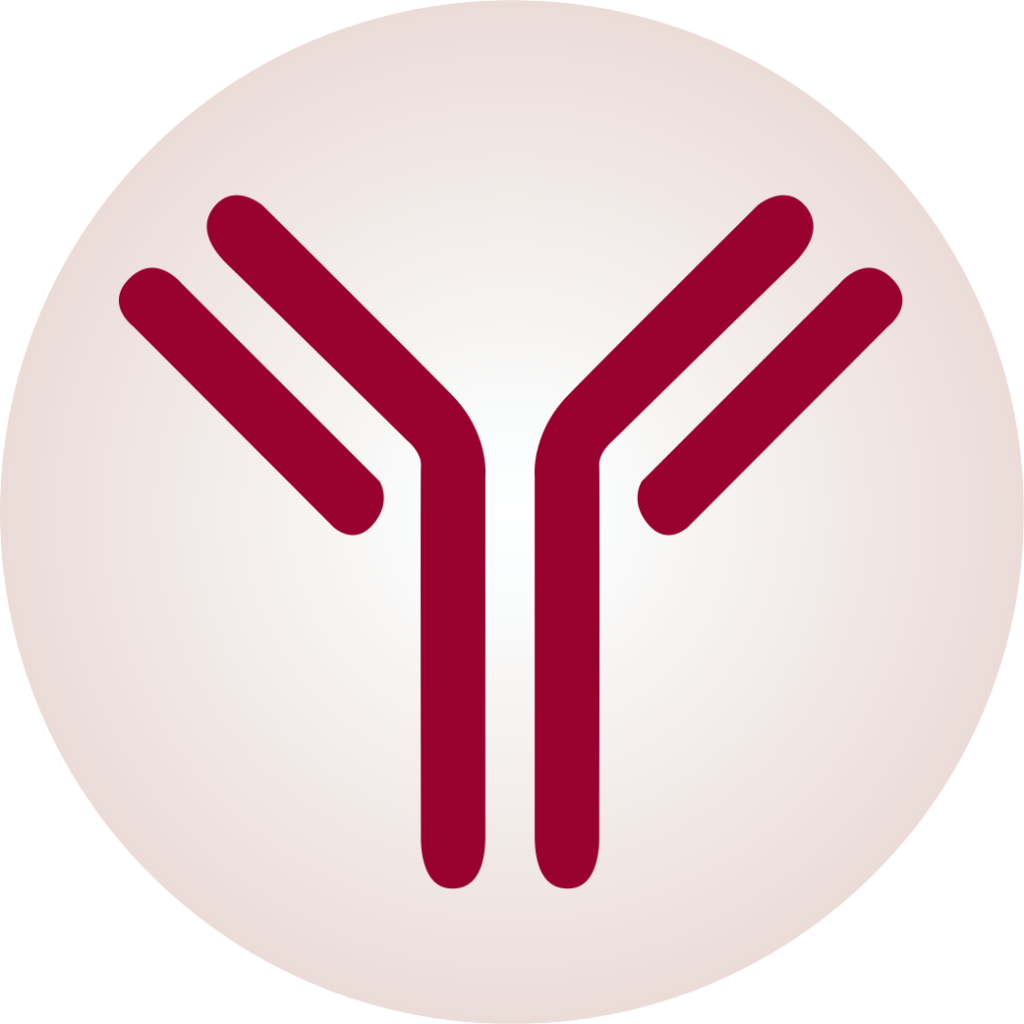
- Monoclonal antibody (mAb) treatments have been shown to be highly effective in helping keep high-risk people out of the hospital.
- Though several mAb treatments have been developed and used effectively throughout the pandemic, only one has shown to work against an infection by the globally dominant omicron variant: GlaxoSmithKline and Vir’s sotrovimab. It is also reported to be effective against all other variants of concern to date.
- Supply is limited, so talk to your healthcare providers early to see if you are eligible for this treatment and if there is any available to you.
- The U.S. has recently purchased 600,000 doses of sotrovimab to be distributed in the first three months of 2022, with 1.7 million doses shipping worldwide.
Oral Drug Treatment
- Pfizer’s oral treatment, Paxlovid, has been authorized for ages 12 and up and serves as a highly effective defense against severe illness from infection.
- If you are at risk of severe illness and develop symptoms, act quickly. You will need a positive COVID-19 test and a prescription from your healthcare provider, all no more than 5 days after the onset of symptoms, to receive this treatment.
- Pfizer plans to produce 120 million courses of Paxlovid this year, to be sold to countries around the globe.
- Paxlovid cannot be taken with certain medications, including a commonly used statin. Work with your PCP to identify any potential drug interactions and figure out the best option for you.
What’s necessary, moving forward?
The world has worked to develop tools that are effective against COVID-19. As we move forward, it is time to scale production of these resources to reduce shortages and ensure everyone has what they need:
- Strong communication and guidance about the benefit of an additional booster dose for the immunocompromised; Integration into EHRs and care alerts
- Affordable, available, and convenient rapid testing
- Increased supply of GSK and Vir’s sotrovimab mAb treatment, in short supply at hospitals
- Increased supply of Pfizer’s oral drug, also in short supply at hospitals
- Affordable access to high-quality masks for the general public and frontline workers alike
We’ve come too far to give up now!
